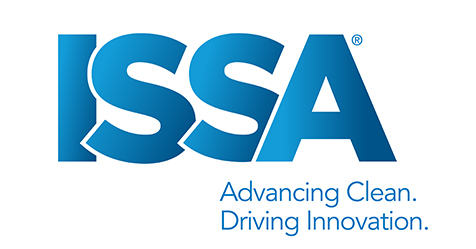Organizations often use production rates, defined as “industry standards,” to determine staffing requirements and develop bids. Commonly, these industry standards come from various respected industry sources and are effective in providing good general information. Organizations then utilize this information with little thought of how these industry standards function within the environment to which they are being applied.
This plays out daily in various ways; for example, let’s say an autoscrubber manufacturer provides an estimated production rate to scrub vinyl composite tile (VCT); the manufacturer bases the rate on an unobstructed area and low soiling. The production rate is then utilized in a facility’s workload, since it represents standard industry numbers. However, in this particular example, the space requiring cleaning is a high-traffic area—a heavily used cafeteria.
In this case, understanding the environmental conditions and performing testing would have allowed for a refinement of the industry standard and a more accurate estimate.
Discrepancies in the actual cleanable square footage of a serviced area and the number and frequency of tasks are routine, leading to understated and overstated beliefs of production capabilities. Production rates serve a vital role within the cleaning industry, and only through proper testing can we hope for the separation of fact from fiction.
Benefits of Testing
For many reasons, disciplined organizations invest the time and effort required to accurately test production rates. These reasons often include a strong commitment to organizational improvement and the desire to better service customers.
Testing clarifies what is happening at an operational level, versus management’s perception of an existing condition. This clarity is beneficial in determining and refining task and frequency requirements, as well as influencing proper procedures and equipment selection.
Organizations experience the rewards of actively testing in the documentation of accurate production rates used for workloading. These documented verifiable rates allow for confident and accurate workloading and bidding.
Accurate Testing
Precisely determining the service area is one of the necessary pieces of production rate testing. Taking the necessary time to define and document cleanable square footage and service requirements can weigh heavily on the calculation of production times. Shooting from the hip and providing a best-guess estimate can lead to less-than-desired results. If you’re going to test, why would you want results to be anything less than truthful?
Another thing to consider is repeatability, or determining whether or not this performance can be duplicated. Selecting the easiest environment and the fastest staff to push up production, while initially impressive, will become irrelevant or do harm when the documented performance fails to become trainable or repeatable. The same can be said for attempting to sandbag or slow down performance. If efforts are made to intentionally reduce production rates or protect staffing levels, the organization may find itself unable to effectively respond when facing outside competition.
Implementing Improved Rates
In order to build valid productivity standards, it is necessary to incorporate any modified rates into the training documents. Only in this manner can they help to positively influence the organizational culture. In addition, all sales, operations management, and supervisory personnel must be on the same page regarding the improved rates that have been confirmed through the testing discipline. It is virtually impossible to build a culture of continuous improvement on false information.
Testing Methods
Stating an opinion as a fact is easy; however, if we want to understand what is truly going on and learn what is necessary to improve, we need to test our beliefs against data. Dr. Edwards Deming taught the Japanese how to use data for improvement by introducing them to the Plan, Do, Study, Act (PDSA) Cycle. Below is how organizations can use this tool to help experiment with various cleaning processes and find the best practice to build proven standards.
Plan the Improvement.
- Identify and develop an accurate inventory of the cleanable space in which the testing will take place.
- Specify the tasks and frequencies the staff will perform.
- Have standard operating procedures in place for the tasks you are testing to ensure repeatability.
Do It.
- Initially perform tests on a small scale by using only a section of the building, rather than the entire space. Make changes as necessary.
- Whenever possible, utilize various staff and locations and perform testing during a set period of time.
- Utilize time and motion tools to determine elapsed time during each phase of the process.
- Encourage frontline workers to perform their best; it’s not a race.
Study the Results.
- Address the following questions: What did you learn? What went right? What went wrong? Was there a surprise?
Act.
- Adopt the results.
a. Document the findings.
b. Share findings with those who need to know.
c. Incorporate findings into training programs, integrate them into workloading, and set them as a standard for similar types of spaces.
2. Abandon the results if you did not attain the desired results. However, the findings may be useful and identify some hidden barriers to improved productivity.
3. Be sure and decisive; it may be proper to more closely examine results.
4. Run through the process again.
a. Make necessary modifications.
b. Start a new test.
The Results
With accurate testing results, an organization can begin to chart a clear course. In many cases, this may be the first time an organization has real data to show what is working and where it needs to make improvements, or if they are even possible.
The time and effort an organization spends on testing to help understand its true capabilities rather than simply relying on industry norms can allow an organization to chart a new path. For many organizations, it is long overdue.



